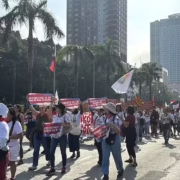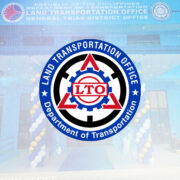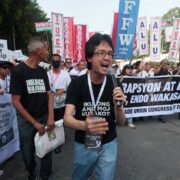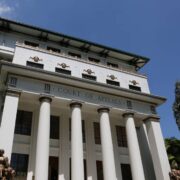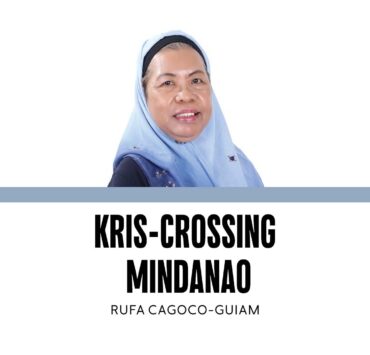How abaca could launch the Philippines into aerospace

When we hear of abaca, what often comes to mind is Manila envelope and Manila paper. But this humble crop, which is mostly cultivated in Catanduanes, Eastern Visayas, and Mindanao, may one day be our ticket to aerospace and space tourism.
Abaca is the source of the strongest natural fiber in the world, making it essential for ship ropes, filters, medical fabrics, textiles, special papers like banknotes, and other applications that require strength, durability, and water-resistance. During the early days of the COVID-19 pandemic, when the world was short of disposable face masks, abaca was utilized as a natural source of fiber, a contribution from the Philippines during those unprecedented times. As the largest abaca exporter in the world, we clearly had the advantage of its accessibility and opportunities to capitalize on it. My article was later featured by the Philippine Fiber Industry Development Authority on their social media.
This special interest in abaca, which I developed during the pandemic, was amplified later on by my passion for surfing. I’ve visited almost every famous surfing spot in the country, except for Catanduanes.
As I read more about the surfing life in Catanduanes, came the undeniable facts and potentials about abaca. As an academic pharmacist, I’ve also thought of researching on the isolation and development of abaca cellulose fiber as a novel excipient in making medicines.
For example, a cellulose powder from abaca could be a binder to hold a tablet together, or a sustainable and alternative ingredient in making “veggie” capsule shells. A lot of people don’t know that most shells that hold a capsule come from gelatin, which is derived from the collagen of cows or pigs, hence not suitable for vegetarians, vegans, or certain religious groups like Muslims.
Although these are just a few applications of abaca cellulose in pharmaceutical research, in the bigger picture, this could be our ticket to the new frontier.
The answer is simple: abaca is lightweight, natural, and sustainable. Today, the manufacturers of spacecraft (even aircraft) are pressured to reduce carbon emissions. Abaca fibers deliver high quality and strength without the burden of using metals, hence less fuel is burned. Most importantly, abaca is biodegradable and absorbs carbon dioxide while growing, which is a far greener option than petroleum-based synthetic fibers.
Today, companies like SpaceX, Blue Origin, and Virgin Galactic are racing to make suborbital flights routine. Imagine telling the whole world that the seats and panels inside a space vehicle carry fibers grown by the farmers in Catanduanes. It is both a poetic and practical vision: the Philippines being a supplier of natural materials for humanity’s journey beyond Earth.
Now, the challenge is, will the Philippines seize the chance to move up the value chain? For a very long time, our abaca has been exported raw and bought from our farmers at a low price by foreigners who then process it, sell it at a high price, and reap the margins.
If we invest in processing hubs, certification facilities, and research partnerships, we can export not just fiber but semi-finished products such as composite panels and specialty mats. That is where the real money is, and that is how rural communities progress.
To achieve this, interagency collaboration is important. Together with the Department of Agriculture, the Department of Trade and Industry, the Philippine Space Agency, the Department of Science and Technology, the Department of Tourism, along with local universities, we can create a national innovation pipeline: from farm-to-fiber-to-flight.
We are already known as the world’s capital of the strongest natural fiber. Let us take that seriously. We can make the Philippines a global leader in sustainable materials in the next frontier.
TERESA MAY BANDIOLA,
bandiolateresamayb@gmail.com




